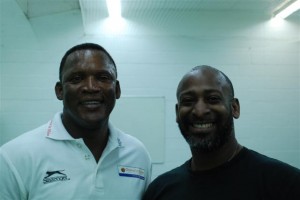With the Editor busy juggling her wedding, other assignments and Frost Magazine; I was only too happy to help relieve her of having to go to Matsuri, St James’s Restaurant to review their special invitation and thank her dearly for it. It started with a warm welcome from Emma and Jane from FML PR, in the authentic Japanese lounge. A glass of champagne (a Canard-Duchene, which is a Cuvee Leonie Brut) and informative conversation about Matsuri was anything but generic and was in depth and knew who to call on, should any question be out of ordinary. Not every topic was about Matsuri as a business, as the food was an important topic. When we were lead downstairs to the Teppan-yaki seating, where we were formally sat courtesy of the amazing staff, at horse-shoe tables, which are simplified elegance.
With all the guests seated, restaurant’s President, Yoshinori Hatta welcomed us and gave a brief chat about the restaurant and their history and their business partners. All very traditional and authentic, as the only thing I didn’t get was a business card at the end, this is very Japanese. Matsuri has been running for over 20 years successfully in London. Their motto is, “We serve the heart of Japanese hospitality”, something that was evident from the entry to the building to seating. Hatta-sama (Japanese courtesy) introduced the Head Chef, Mr Kishi (Kishi-san) who was preparing the Yellowtail sushi, as he was being introduced and was at speed to match the starter as it was being brought to the tables. Kishi-san was appointed head chef March 2014 with the relaunch of the restaurant’s sushi bar. Having being trained as a French chef, Kishi-san went on to cook for numerous celebrities and government guests in Tokyo and London. He even created the Matsuri St James’s first sushi course called, “Sushi Kaiseki”. This is prepared daily and served fresh from preparation.
I can attest to that amazing preparation. The delicious starter comprised of 2 kinds of Nigiri, a half sushi with tuna and the Yellowtail prepared by Head Chef Kishi-san. This was accompanied with a Kikkoman Soy Sauce (As it is one of the restaurant’s business partners) and some a little wasabi.
The Tempura part of the starter was assorted vegetables and prawn. All were exceedingly light and absolutely delicious.
Whilst we were enjoying the starters, the Sommelier, Riccardo Guzzardo, gave a little history of the Chardonnay, which was a Chablis called, “Dom. Gerard Tremblay”. A premier Cru Montmain 2011. Like the starters, it was light, refreshing and surprising! Whilst I was expecting good food, I was reminded that everything was not designed to fill me and be so I could not move afterward. For the first impressions of dining, I was happy and the people around the table were happy with all that was presented to them and were talking as though they were all there as friends and totally relaxed. The mark of a well orchestrated arena for fine dining and cuisine. Emma and Jane were also interacting and making sure we were all enjoying ourselves and the clean plates and happy faces were also met with grins and toast. Before we could all rest on our laurels, the Teppan-yaki chefs were back to start the next course. This started with Alaskan Black Cod marinated in ginger. All were cooked in front of the guests, which I think is brave of any chef. The smell and taste of the cod was beautifully tangy, but not overpowering the natural taste of cod and even the skin was as perfectly cooked as the cod itself.
A Sake had been introduced to the table in the form of “Houraisen – WA”. It is a cold sake and was crisp and subtle. Not harsh on the palate, but almost like a cleanser, with a hint of elderflower. Next was the piece of meat that everyone was either staring at, or taking pictures of… The Txogitxu Galician Beef Steak… No, it was not just for one person, but it had the look of a real steak that should be on the Flintstones! Yes, I took pictures, as it was a spectacle to behold! With asparagus, seasonal mushrooms and garlic butter and egg fried rice…
I cannot tell you how many people sighed with delight, as i was too busy enjoying my own! By the way, if you don’t like your beef done t rare, remember to tell the chef, as you will be missing out on a wonderful experience, should you decide to forego it because of the small oversight. Riccardo had introduced a very surprising red wine to go with the beef, which goes by the name of “Etna (Nerello Cappuccio, Nerello Mascalase) 2012”. A very nutty I Vigneri from Sicily, obviously, and is a blend of 2 grapes, which gives it a distinctive taste. Add to that the fertile volcanic soil and you have a very impressive red, which was to everyone’s liking! Even though everyone as expecting dessert, it was great to see the chefs back in action on the stove for a fireball ice-cream! Yes, you read correctly. Blocks of vanilla ice-cream are flambéed with Sake, grilled pineapple and a thin pancake, it was a real treat to watch and eat. To accompany this an amazing plum Sake was pour and Riccado gave details to the fermenting period and how much work went into each bottle. Many described the taste akin to marzipan, but I think that if you replace the taste of almond with plum then you would not be too far off. I don’t think there was enough to go around, as people were asking for more! It is called, “Umenoyado Aragoshi” Umeshu is Plum Wine.
One person I should mention is Cristoforo Santiini. He is the manager and an amazing man! He speaks Italian, English and Japanese fluently and made sure everything ran smoothly, came and talked to everyone. I even got a chance to exercise my Japanese, which was nothing compared to the level of Cristoforo’s. He was always there, but not interfering and kept the ship, as it were, sailing beautifully and without any incidents. Naturally people left happy with no dip in atmosphere and hospitality was experienced in any form.
Details of Matsuri St James’s can be found at www.matsuri-restaurant.com all opening times and menus can be read there.
Frost Magazine would love to thank FML Public Relations www.fml-pr.co.uk for inviting Frost to experience authentic Japanese cuisine.

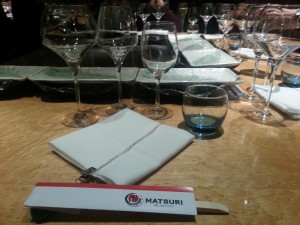

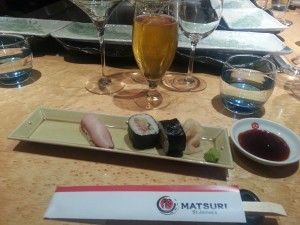










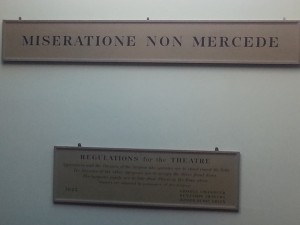
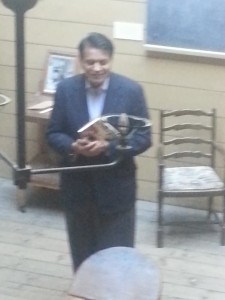
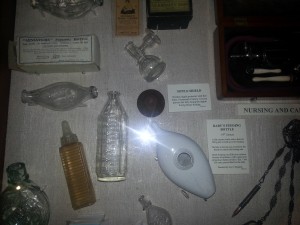

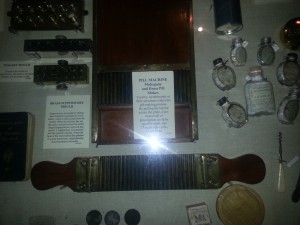
 And how England Can take The Perfect Penalty:
And how England Can take The Perfect Penalty:  The equation is given by the Professor for all to see on blackboards, so the general whisper amongst the press is that the gimmick is just for publicity, so everyone seems relaxed and drinking their beverage so that they can get their bit done and go home. That is until Rory Scott, from Paddy Power announces the rules of the presentation and what Professor Hawking will be doing and the rules regarding pictures. All of a sudden, it’s all real and the press are far more excited and attentive! Before the Professor takes the stage, he preps behind the backdrop and naturally the room is silent. The man has an air of presence that almost engulfs the room. A verse and chorus from Prodigy’s Exhale rings from the speaker as a projection of various instances, from 1966 to present day, of England’s trials and tribulations throughout the World Cups. Paddy from Paddy Power introduces the man himself and the room is still silent! It is almost as though the is on bated breath and Paddy says, “Lets hear it for Professor Stephen Hawking”! Before his words are even halfway through, the room erupts into rapturous applause and he begins to speak. The room is slient again to listen to his every word:
The equation is given by the Professor for all to see on blackboards, so the general whisper amongst the press is that the gimmick is just for publicity, so everyone seems relaxed and drinking their beverage so that they can get their bit done and go home. That is until Rory Scott, from Paddy Power announces the rules of the presentation and what Professor Hawking will be doing and the rules regarding pictures. All of a sudden, it’s all real and the press are far more excited and attentive! Before the Professor takes the stage, he preps behind the backdrop and naturally the room is silent. The man has an air of presence that almost engulfs the room. A verse and chorus from Prodigy’s Exhale rings from the speaker as a projection of various instances, from 1966 to present day, of England’s trials and tribulations throughout the World Cups. Paddy from Paddy Power introduces the man himself and the room is still silent! It is almost as though the is on bated breath and Paddy says, “Lets hear it for Professor Stephen Hawking”! Before his words are even halfway through, the room erupts into rapturous applause and he begins to speak. The room is slient again to listen to his every word: